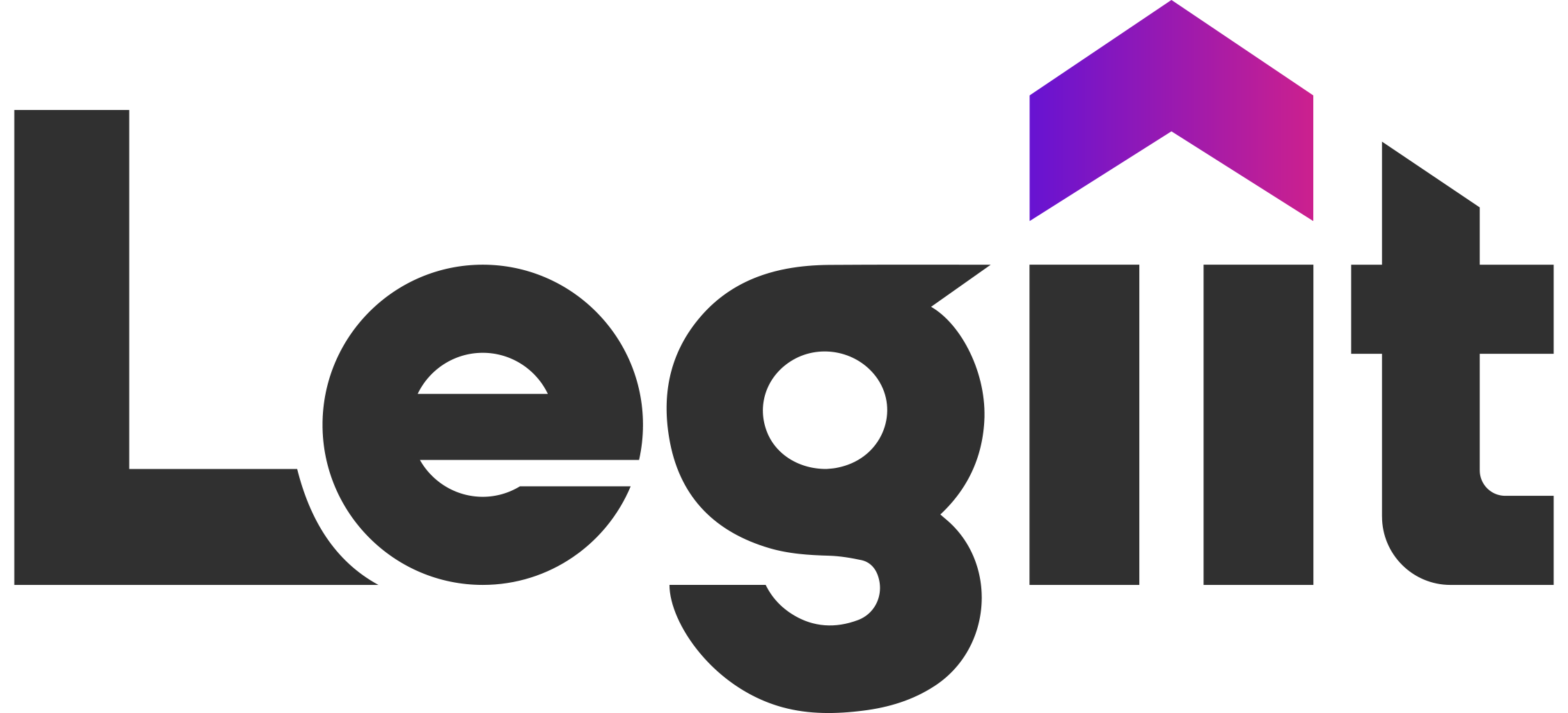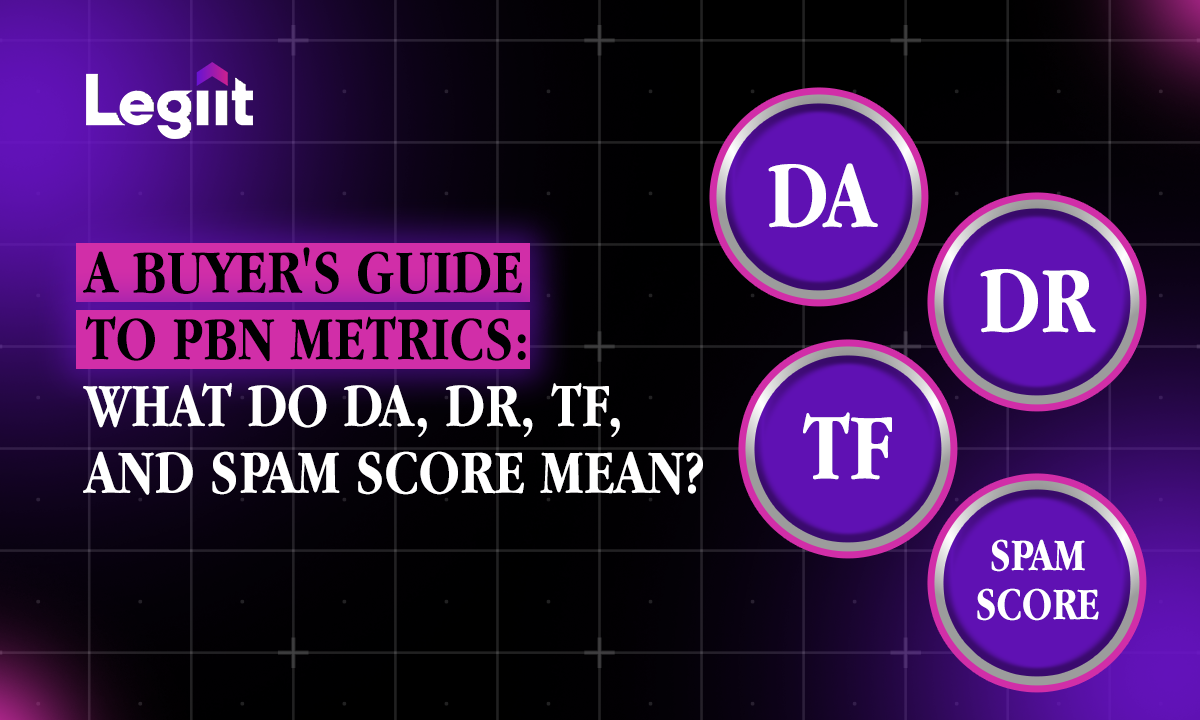You're shopping for a PBN link, and you're buried in an alphabet soup of metrics. Sellers are promising "High DA," "Great DR," and "Low Spam Score." But what do these numbers actually mean? And which ones are just noise?
Relying on the wrong metric is the most common mistake a buyer can make. It's how you overpay for a worthless domain that has a high score but zero real power.
This is your definitive buyer's guide. We will deconstruct the most common PBN metrics, explain what they're good for, and show you the one signal that matters more than all the others. This is how you learn to spot true value and avoid the traps.
PBN Metrics: The Cheat Sheet
Here's the high-level breakdown you need to know:
- The #1 Rule: No Single Metric is King. A high DR or DA is meaningless if the site's backlink profile is toxic or its traffic is zero.
- The "Vanity" Metrics: DA & DR. These are third-party scores that estimate a site's overall authority. They are easily faked and should be used only as a starting filter.
- The "Quality" Metrics: TF & Spam Score. Trust Flow (TF) measures the quality of a site's links, not just the quantity. A low Spam Score is critical for safety.
- The Golden Signal: Organic Traffic. A site with real, stable, and relevant organic traffic is a site that Google actually trusts. This is the most reliable signal of a high-quality asset.
On This Page
- What is a PBN? A Quick Refresher
- The Vanity Metrics: Deconstructing DA and DR
- The Quality Metrics: Understanding TF and Spam Score
- The Golden Metric: Why Organic Traffic is the Only Truth
- A Pro's Checklist for Analyzing PBN Metrics
- PBN Metrics FAQ
What is a PBN? A Quick Refresher
Before we dive into metrics, let's get the core concepts down.
- What does PBN stand for? It stands for Private Blog Network.
- What is a PBN? A PBN is a network of websites, built on aged or expired domains, that a single person or entity controls.
- What is the concept of a PBN? The concept is to use these domains, which already have existing authority from their past lives—to build powerful, controllable backlinks to a primary "money site" to improve its search rankings.
Because these are used for SEO, an entire industry has emerged to "score" their power. This is where the metrics come in.
The Vanity Metrics: Deconstructing DA and DR
These are the two most common metrics you'll see. They are "vanity" metrics because they look impressive but often lack real substance.
What is Domain Authority (DA)?
- Who makes it? Moz
- What it is: A score from 1 to 100 that predicts how well a website will rank on search engines. It's based on a site's overall backlink profile.
- The Problem: DA is a very old metric. It's slow to update and is the easiest to manipulate with high volumes of low-quality links. A high DA with no other positive signals is a major red flag.
What is Domain Rating (DR)?
- Who makes it? Ahrefs
- What it is: A score from 1 to 100 that shows the strength of a website's total backlink profile. It's a more modern and generally more respected metric than DA.
- The Problem: Just like DA, DR can be faked. A domain can be hit with thousands of spammy links to inflate its DR to 50+, but those links have no real power.
The Quality Metrics: Understanding TF and Spam Score
These metrics attempt to measure the quality of a domain's links, not just the quantity.
What is Trust Flow (TF)?
- Who makes it? Majestic
- What it is: A score from 1 to 100 that measures the trustworthiness of a site based on how close it is linked to a seed set of manually vetted, trusted websites.
- How to Use It: Look for a healthy Trust Flow to Citation Flow (CF) ratio. Citation Flow measures the quantity of links. A site with a high CF but a very low TF is a classic spam signal. A healthy site will have a TF that is reasonably close to its CF.
What is Spam Score?
- Who makes it? Moz
- What it is: A score from 1% to 100% that estimates the percentage of sites with similar features that have been penalized by Google.
- How to Use It: This is a negative filter. You want this score to be as low as possible. A high spam score (anything over 10-15%) is a serious warning sign that the domain has a toxic or manipulative history.
The Golden Metric: Why Organic Traffic is the Only Truth
You can fake DA. You can fake DR. You can even, to some extent, fake TF. You cannot fake a history of real, stable organic traffic from Google.
A site that receives consistent monthly visitors from search engines is a site that Google actively trusts and deems authoritative enough to show to its users.
- What to Look For: Use Ahrefs or Semrush to analyze a PBN domain's traffic. Look for a graph that shows stable, ongoing organic traffic.
- The Red Flag: A domain with a DR of 60 but "0" organic traffic. This is a dead asset. It's a sign that Google may be ignoring its links or that its authority is fake.
- The Green Flag: A domain with a "lower" DR of 25 but a history of 1,000+ monthly organic visitors in a relevant niche. This is a goldmine. This is a site Google provably trusts.
Ready to Find High-Quality PBNs?
Don't buy a link based on a single vanity metric. Vetting a PBN requires analyzing all these metrics together to build a complete picture of a domain's health and safety.
On Legiit, you can find professional PBN providers who understand these nuances. Look for sellers who openly share their vetting process and prioritize domains with clean histories and real traffic.
A Pro's Checklist for Analyzing PBN Metrics

When a seller on Legiit offers you a PBN link, don't just take their word for it. Use this quick checklist:
- Check DR/DA: Is it in a reasonable range? (e.g., 20+). Use this as an initial filter.
- Check TF/CF Ratio: Is the Trust Flow healthy and not dwarfed by the Citation Flow?
- Check Spam Score: Is it low? (Ideally under 10%).
- Check Organic Traffic (Most Important): Does the site have a history of real, stable organic traffic?
- Check Backlink Anchors: Look at the domain's backlink profile. Is it full of spammy anchors (like casino or pharma terms)? If so, run away.
PBN Metrics FAQ
What does PBN stand for?
PBN stands for Private Blog Network. It's a network of authoritative websites you control to build links to your main "money" site.
What is the concept of a PBN?
The concept is to acquire expired domains that already have authority and backlinks. By building a small site on this domain, you can "point" that authority to any page you want, giving you total control over your link building.
Is PBN good for SEO?
A well-managed, high-quality PBN can be extremely effective for SEO by providing powerful, controllable links. However, a low-quality or poorly managed PBN is a high-risk tactic that can lead to Google penalties.
How much does it cost to build a PBN?
The cost varies dramatically. You must pay for the expired domain (which can be $50 to $1000+ for a great one), safe PBN hosting for each site, and unique content for each post. This is why many people choose to buy links from established PBN services on marketplaces like Legiit.
What kind of content should PBNs have?
PBNs should have unique, readable, and relevant content that is at least 500 words long. The content needs to be good enough to look like a real, legitimate blog post. This helps keep the network safe and prevents it from being flagged as a "thin content" farm.
Stop Guessing. Invest in Real Authority.
Metrics are just numbers. The real value of a PBN link comes from the safety, quality, and proven trust of the domain it's on. Instead of trying to become an expert in metric analysis overnight, you can hire a vetted professional on Legiit. Browse services from top-rated sellers who have a proven track record of finding, vetting, and managing high-quality PBN assets that deliver real results.















 Download
Download